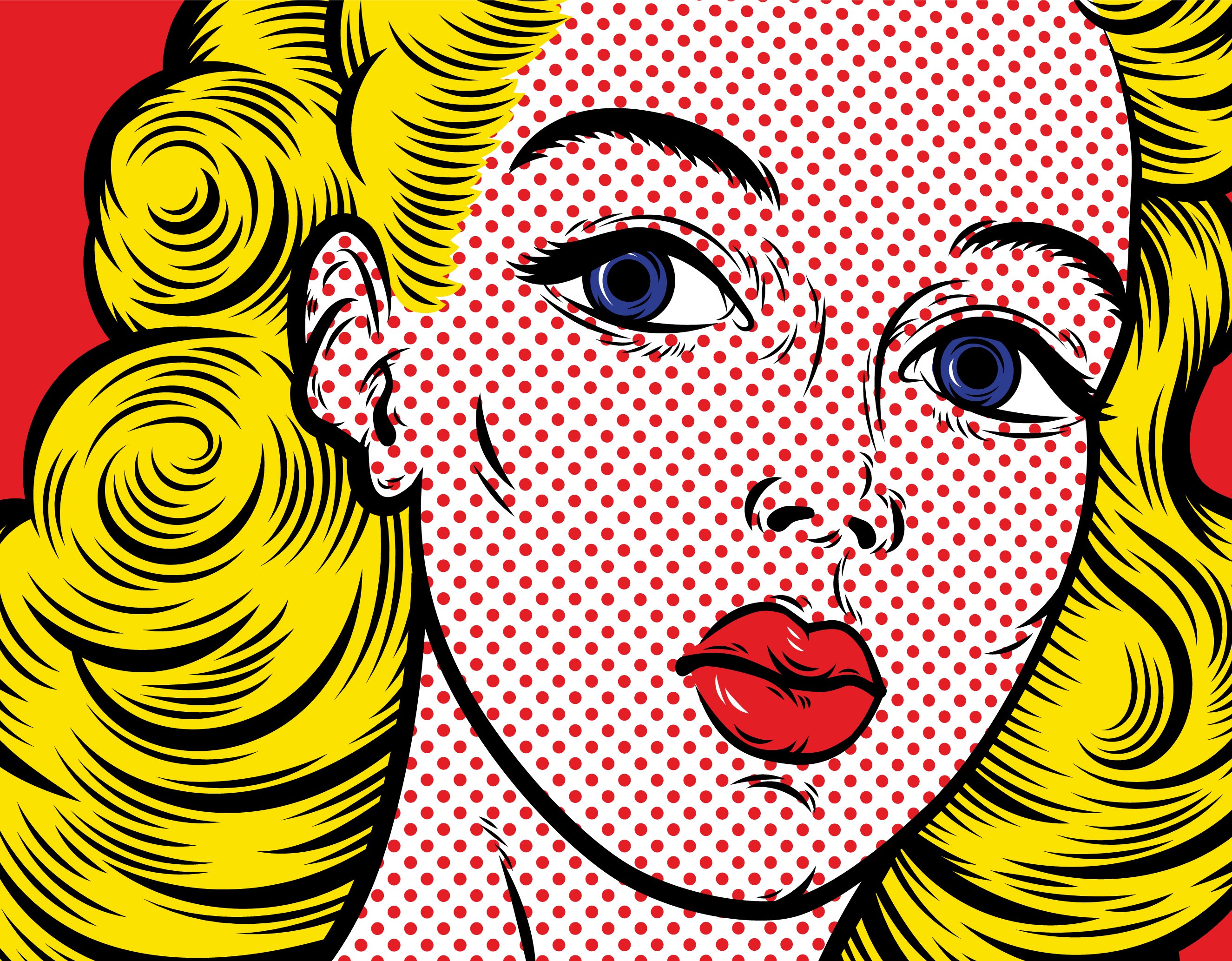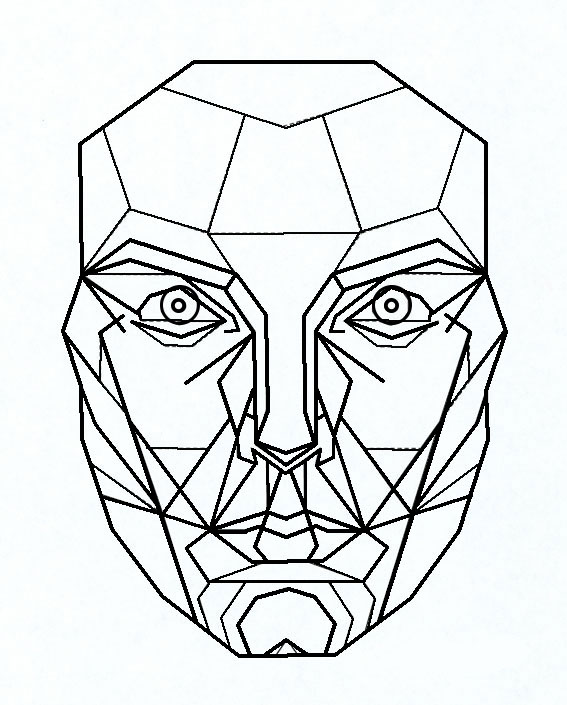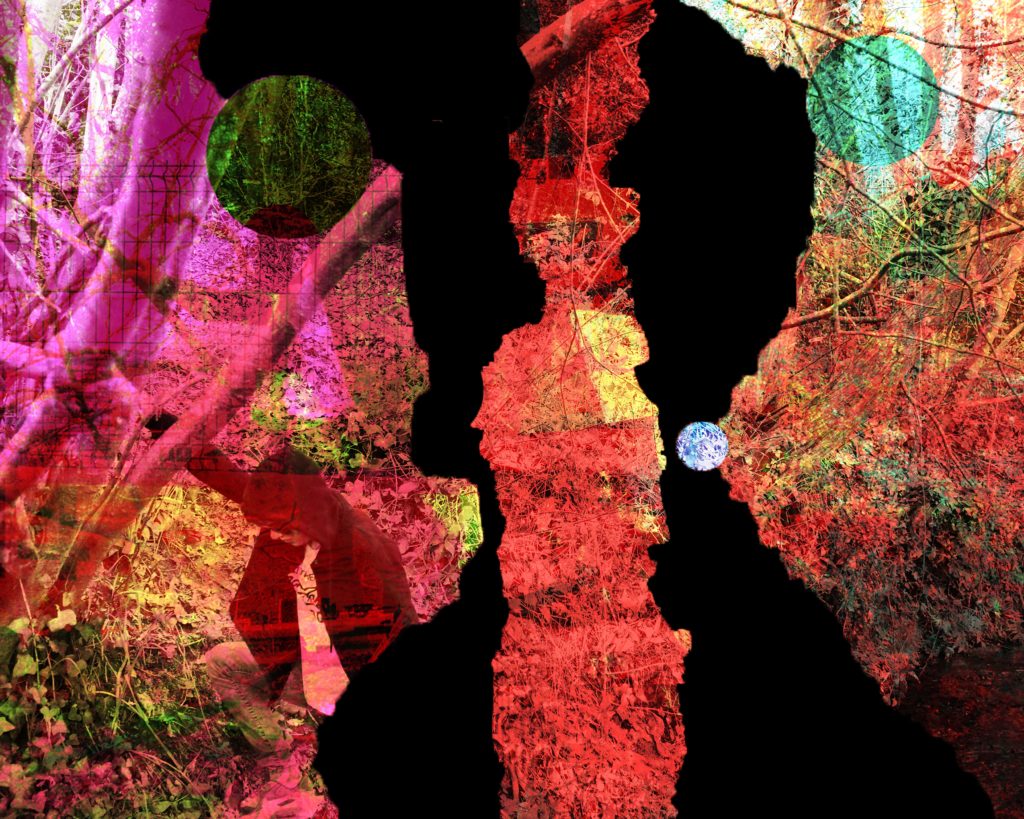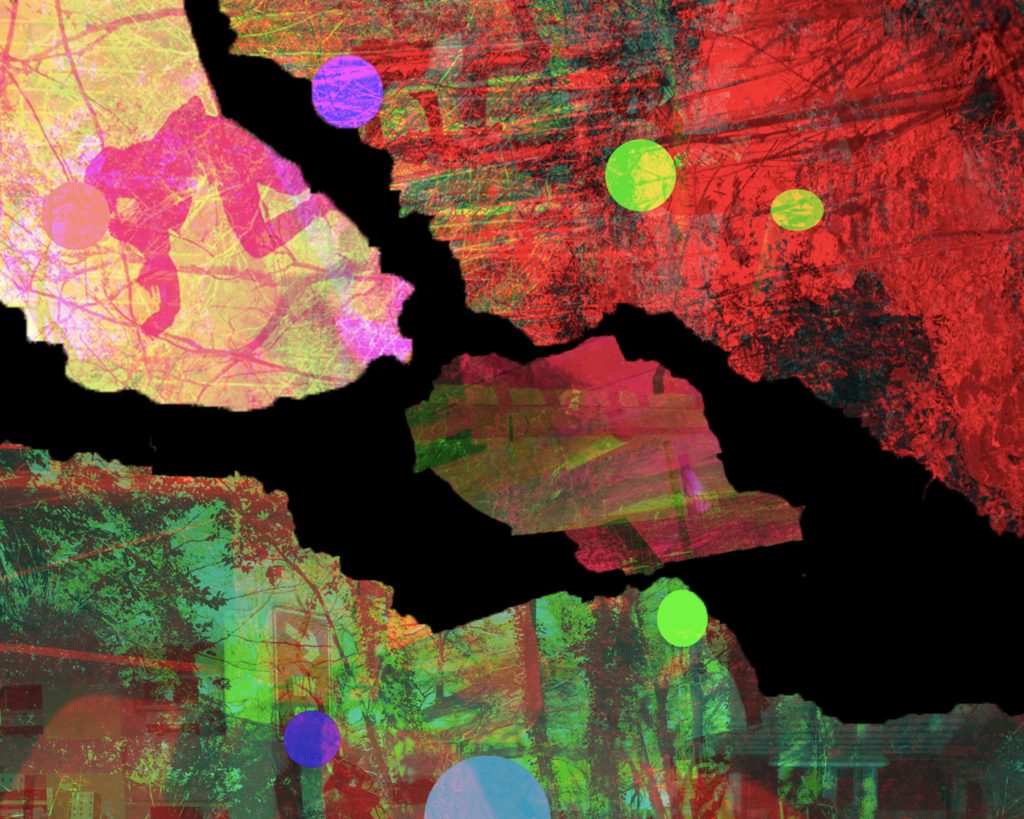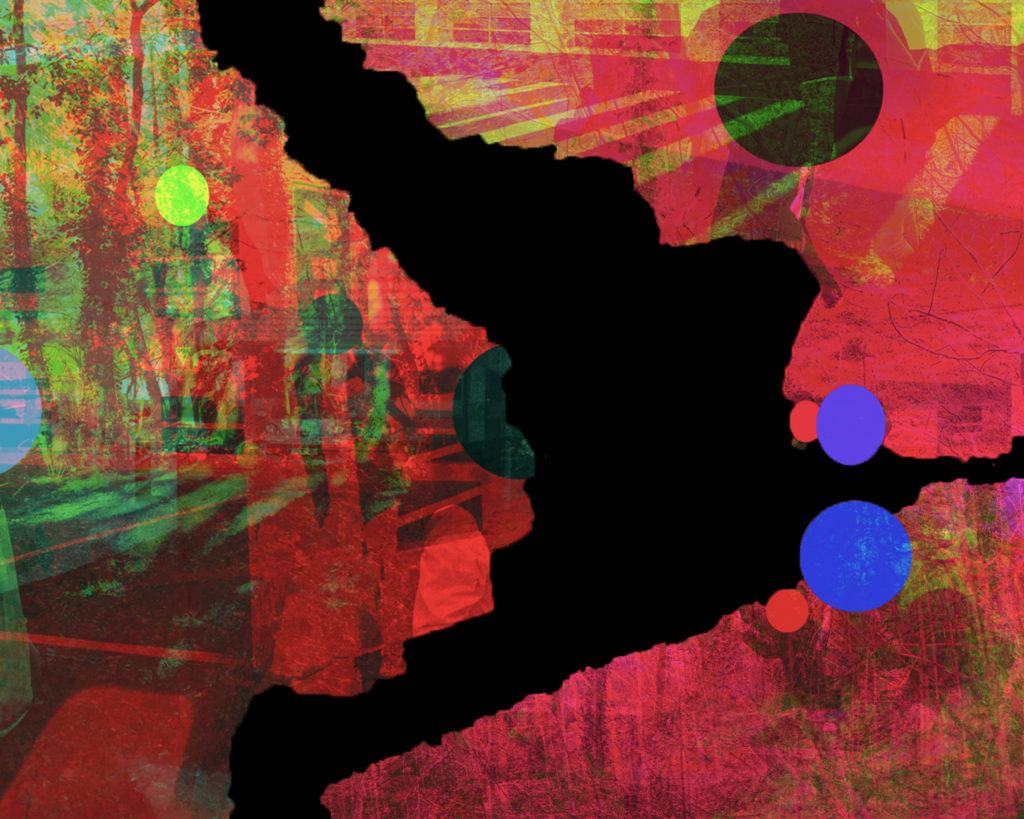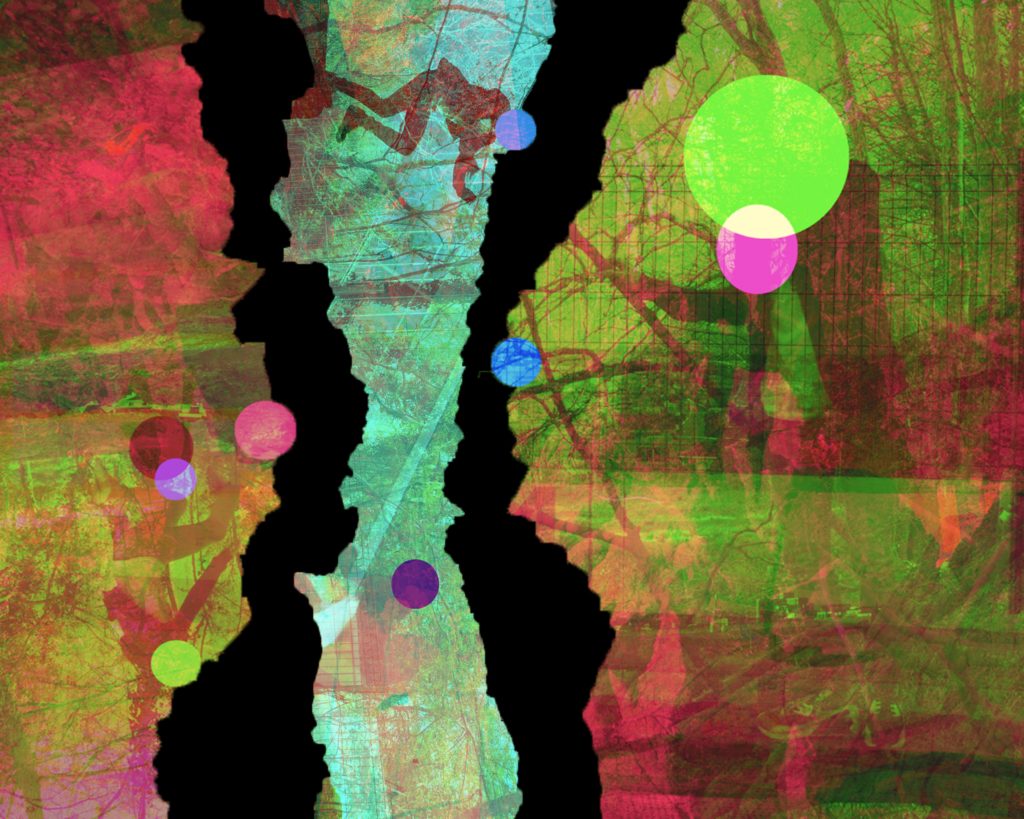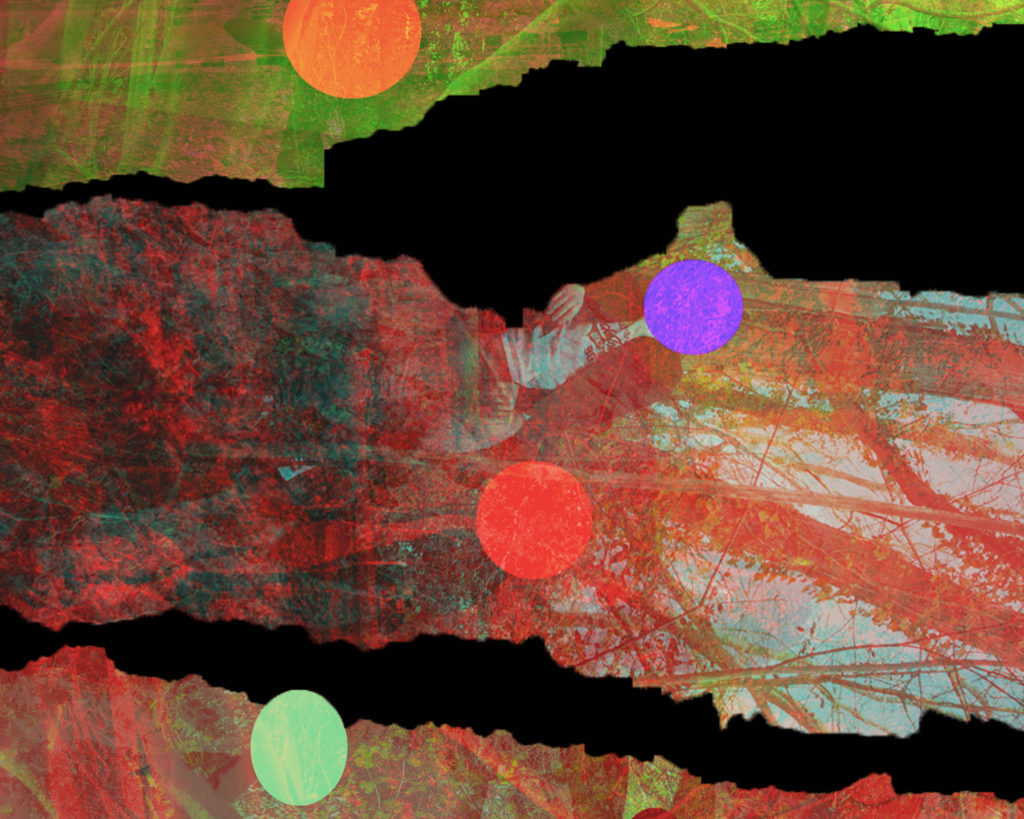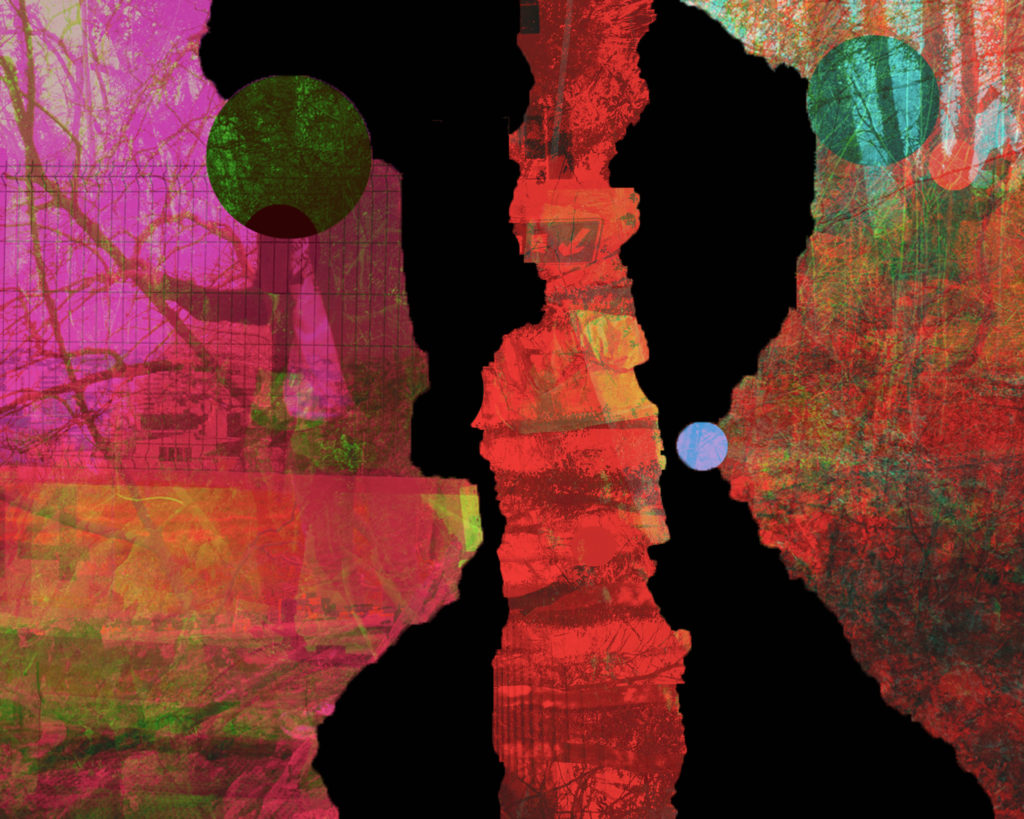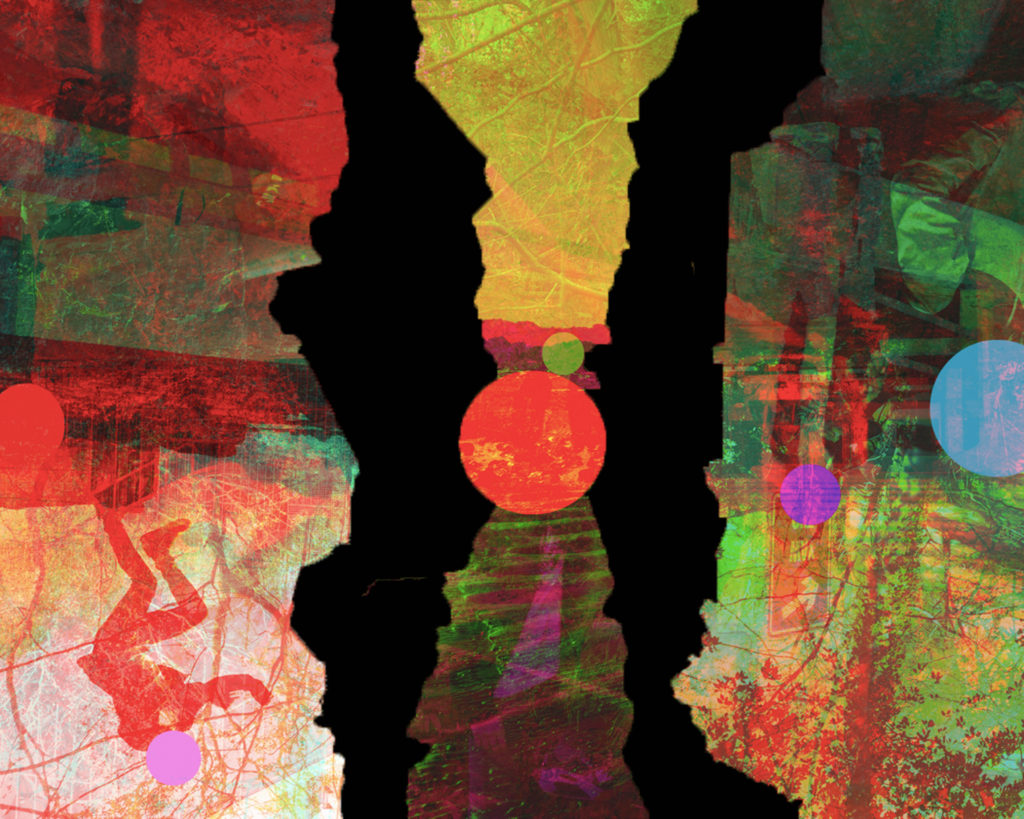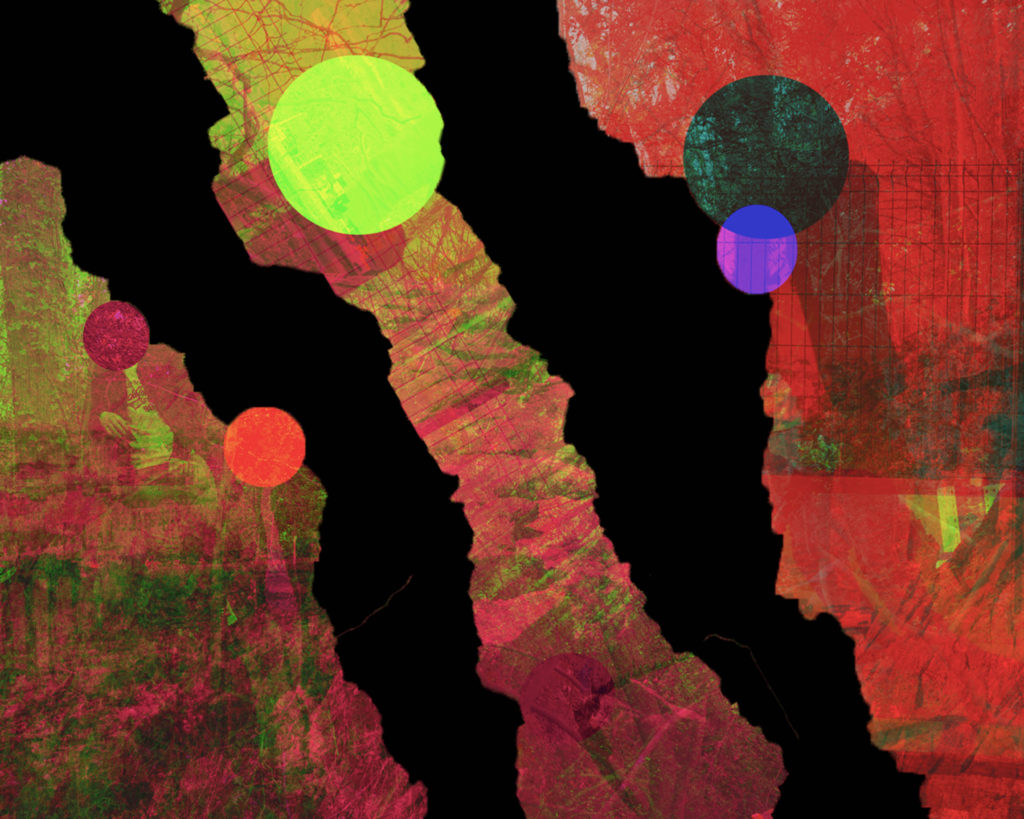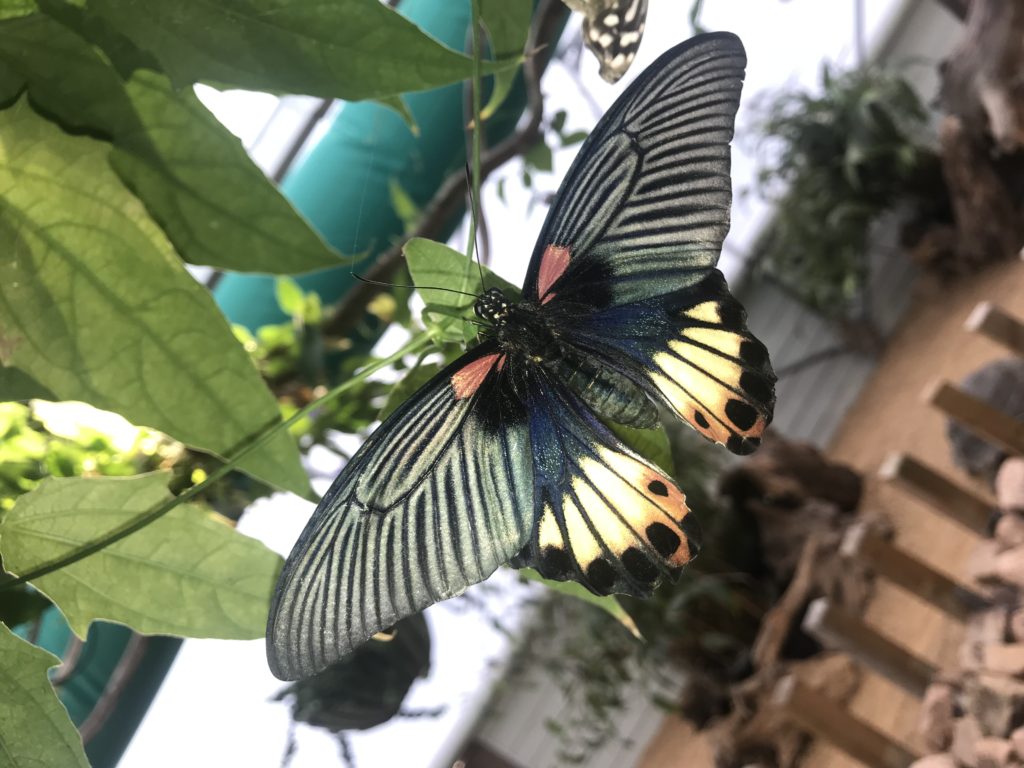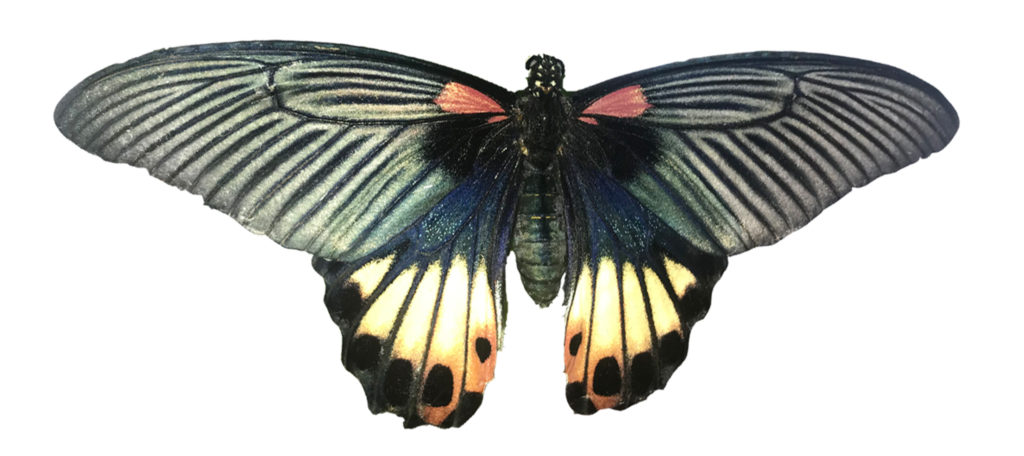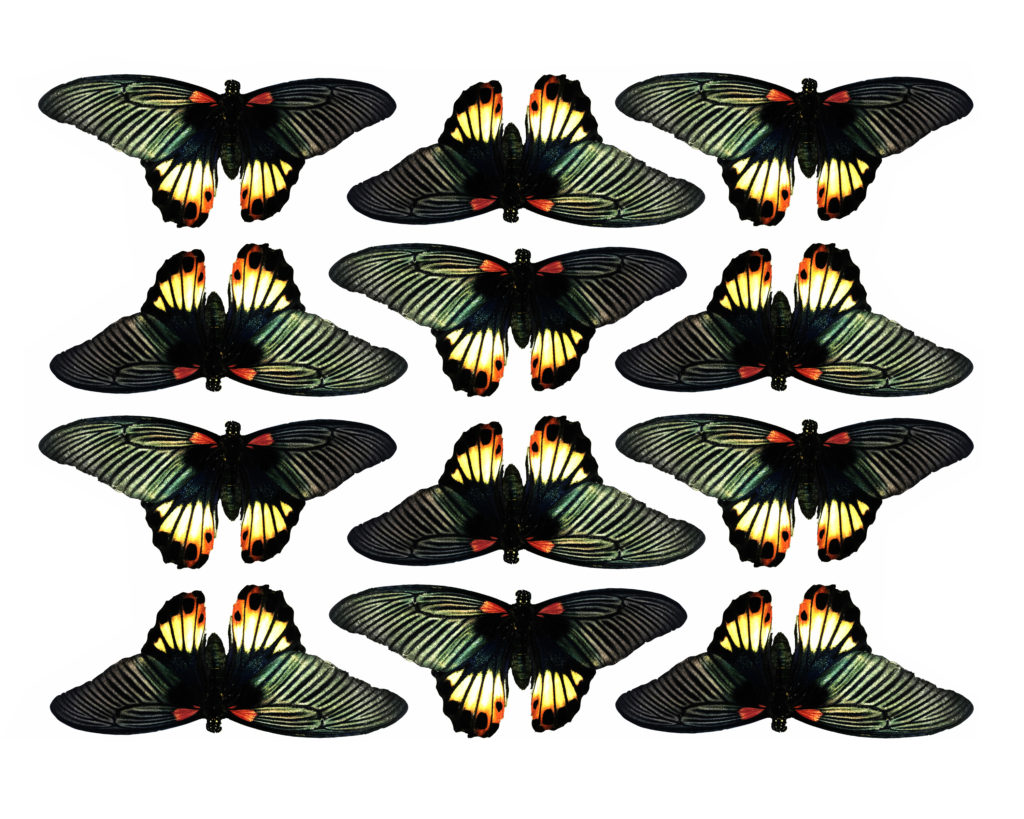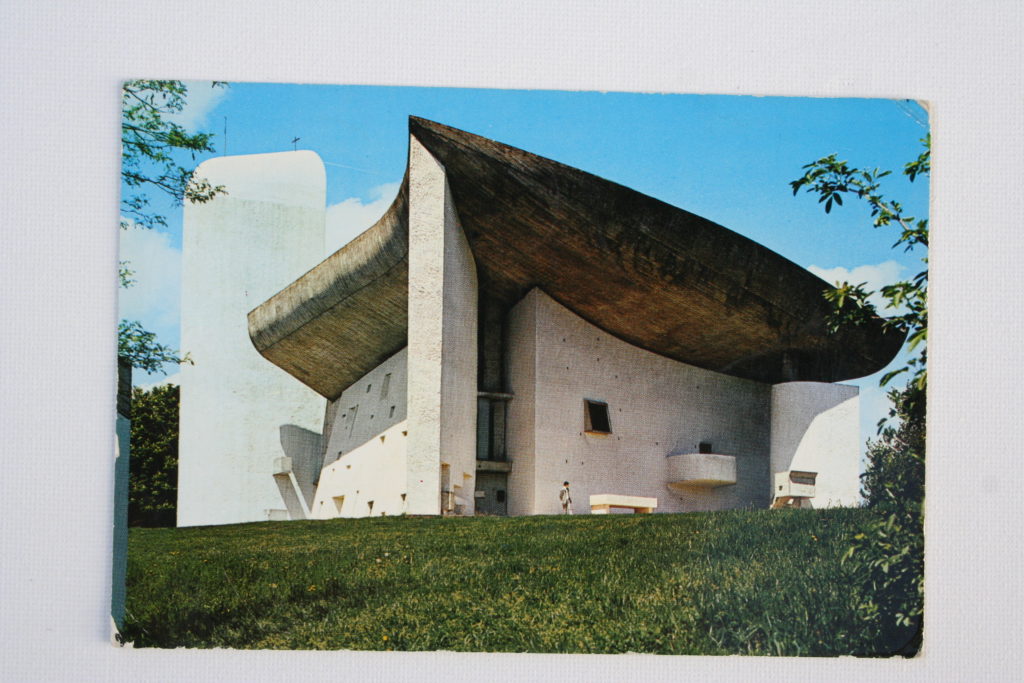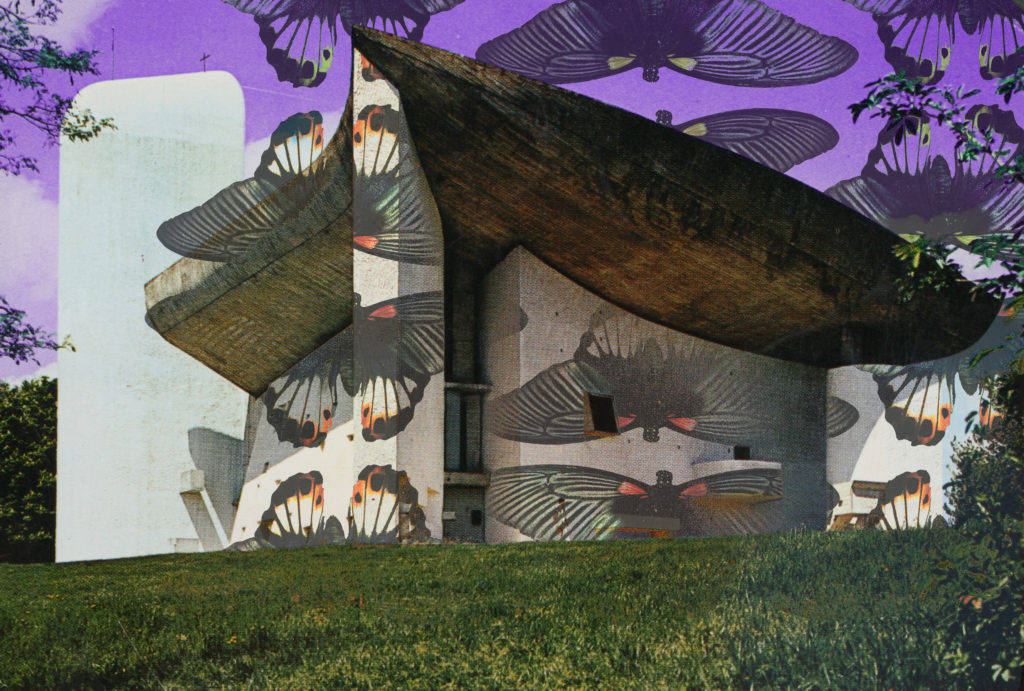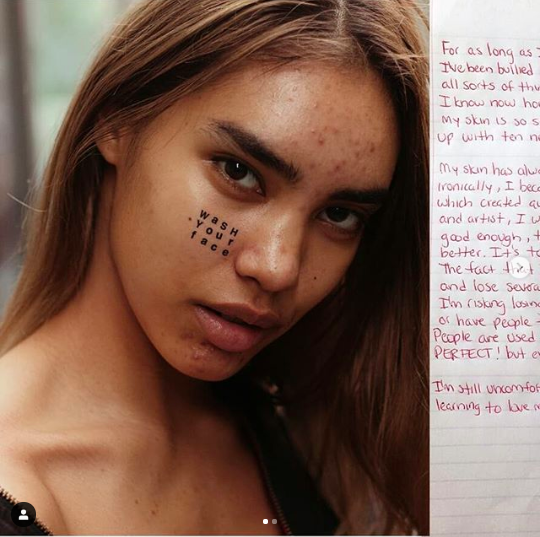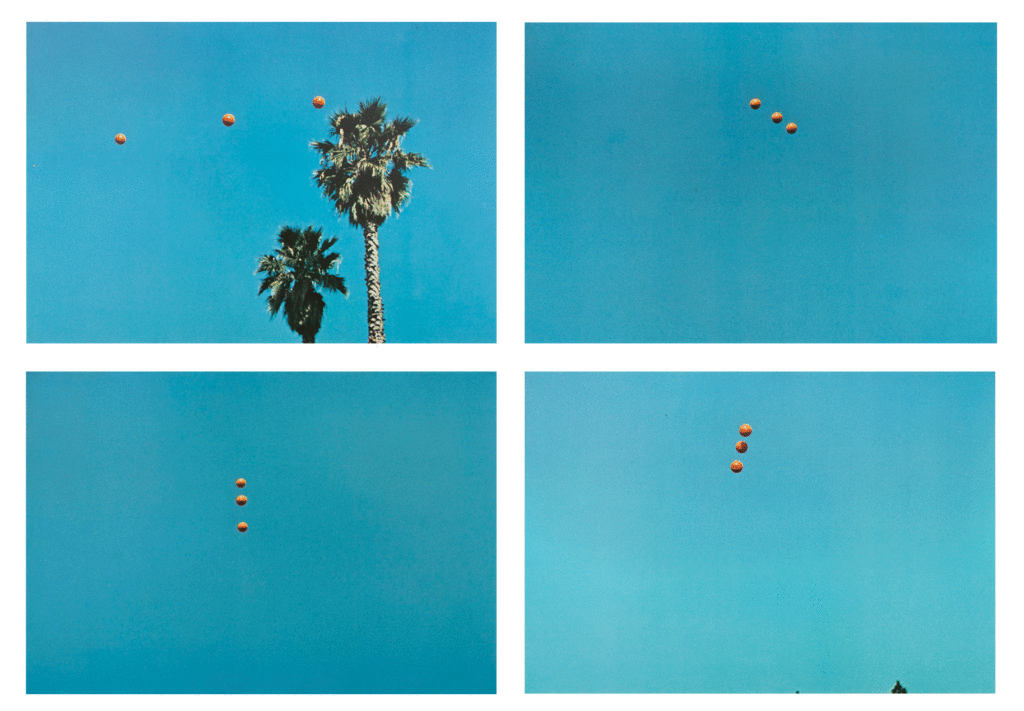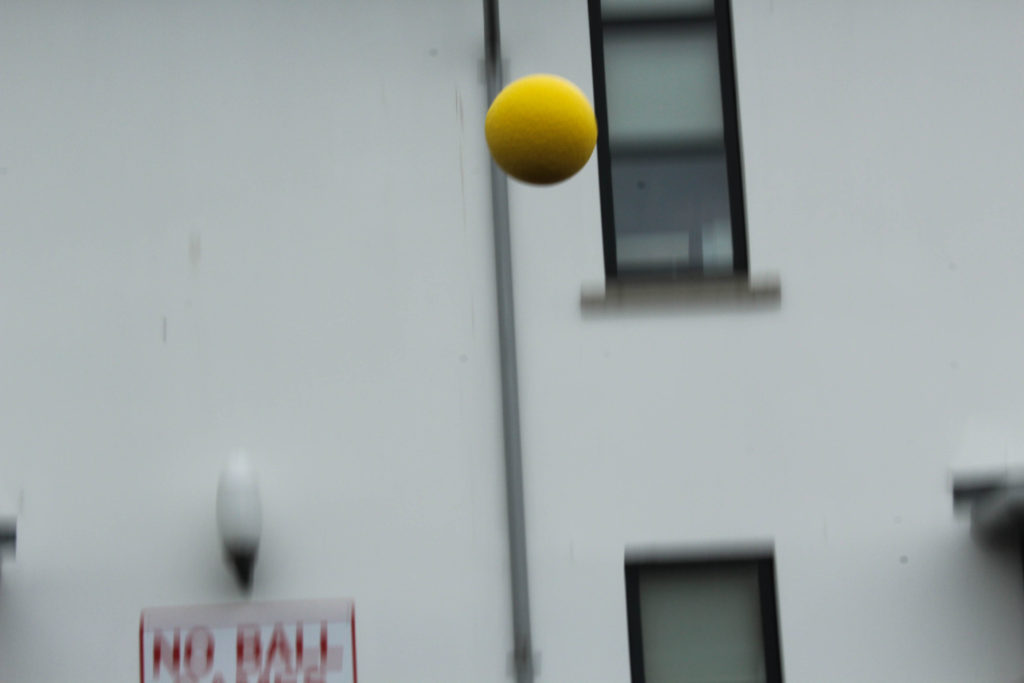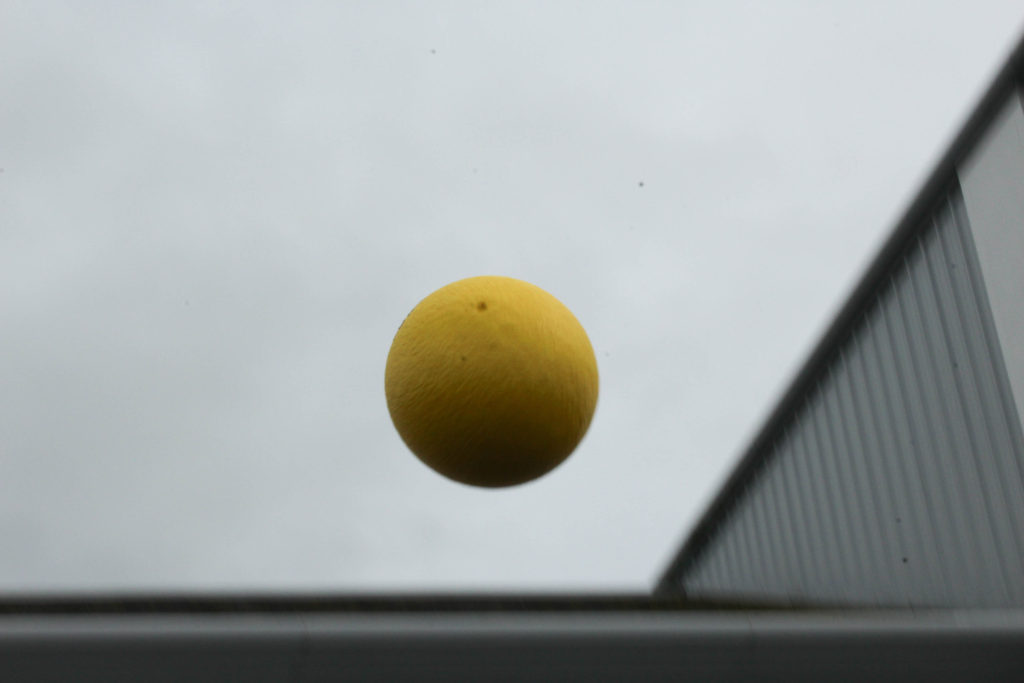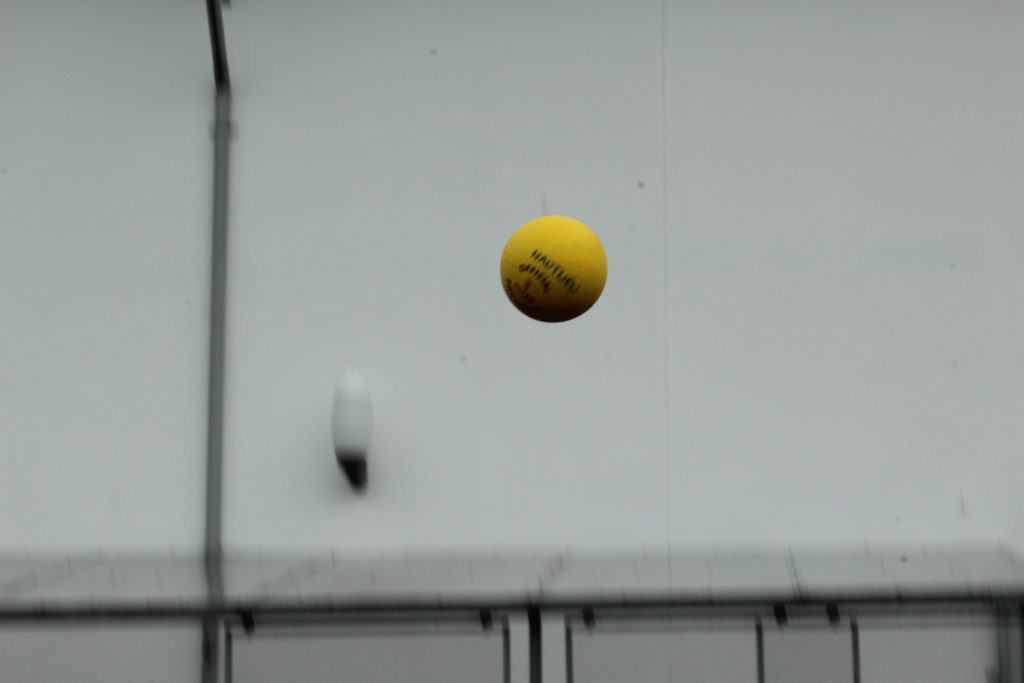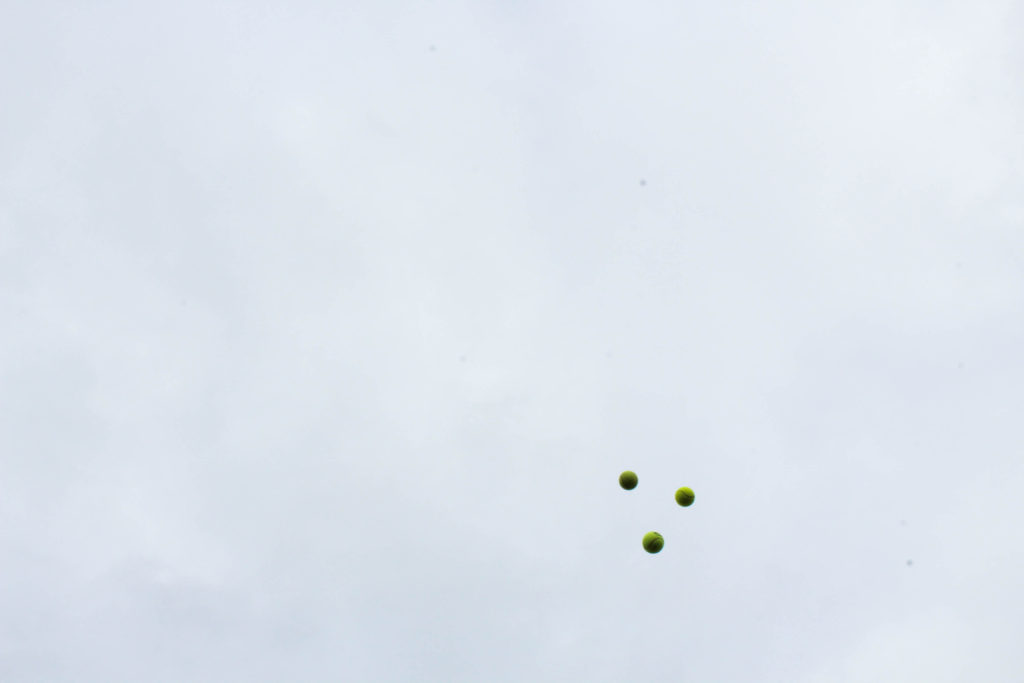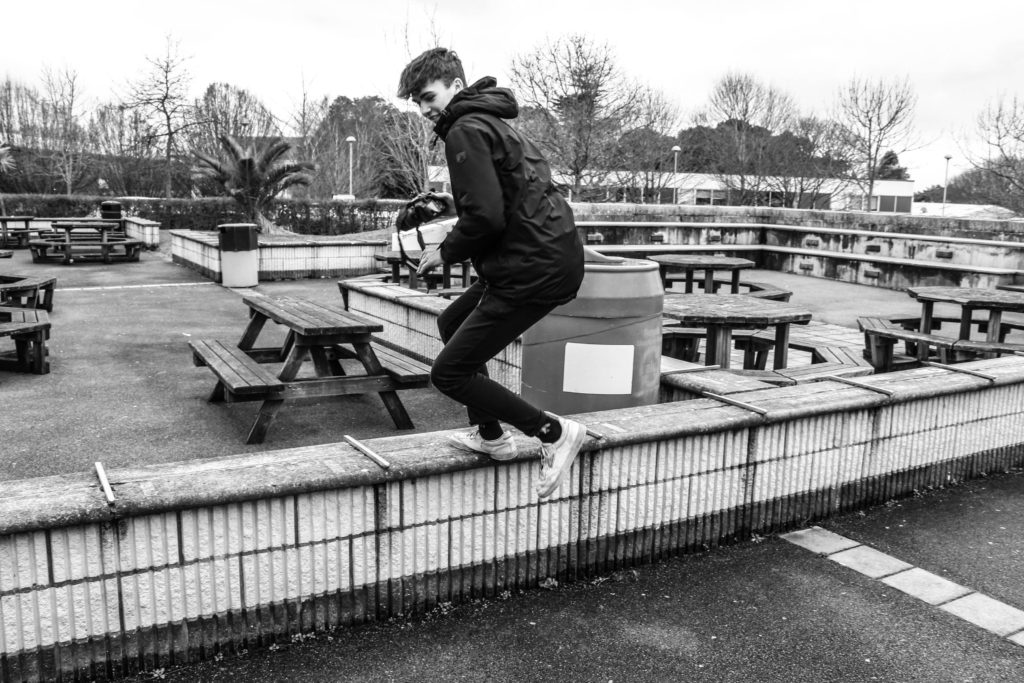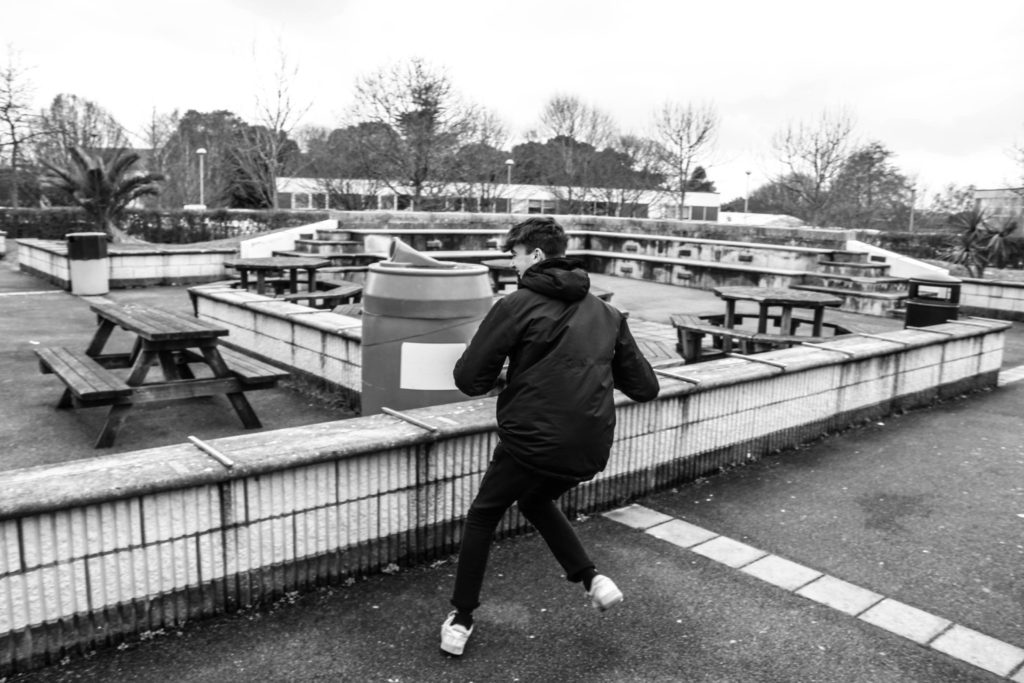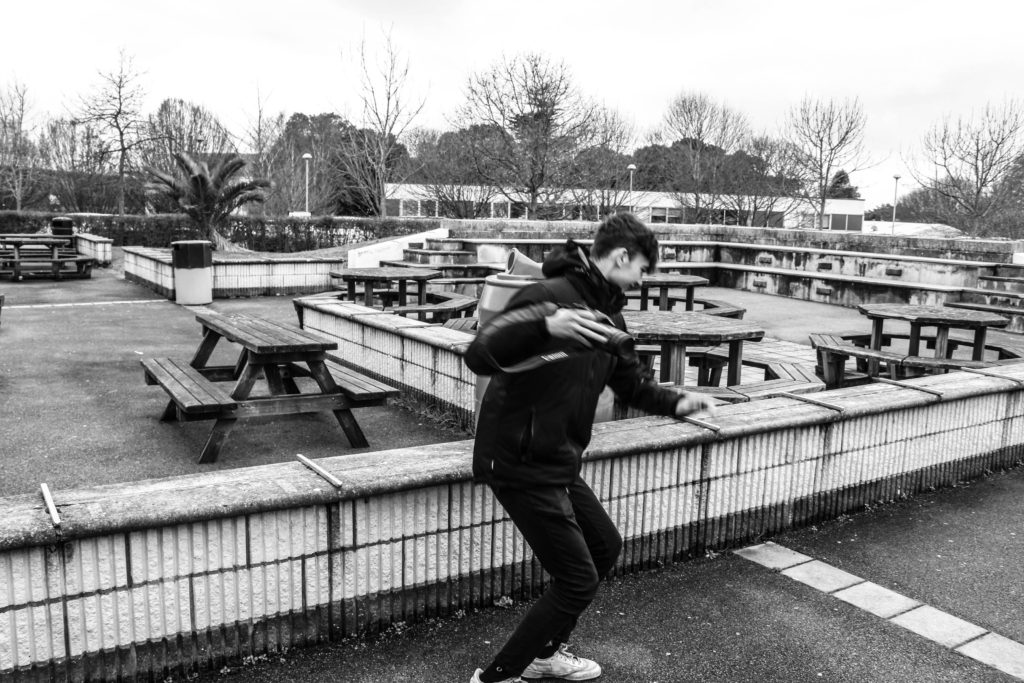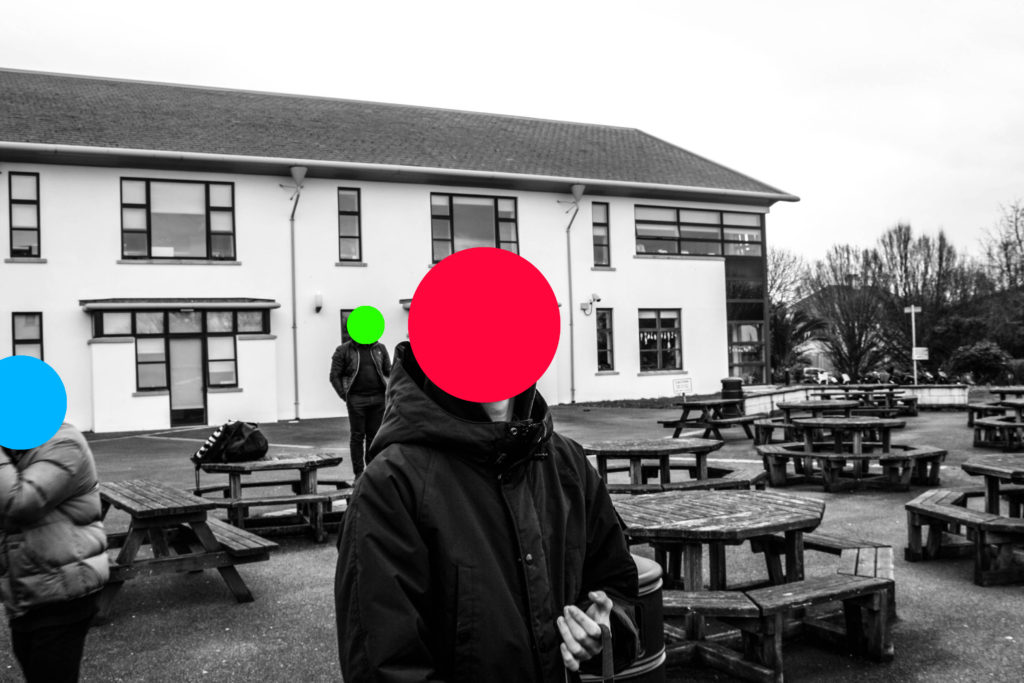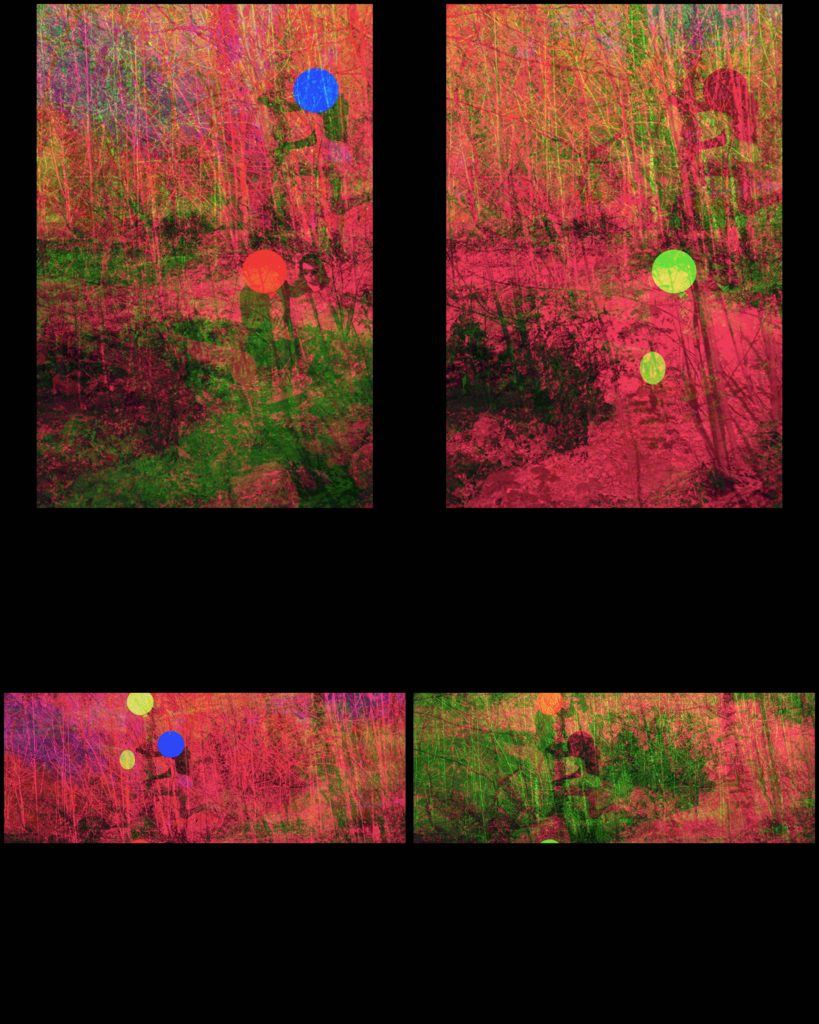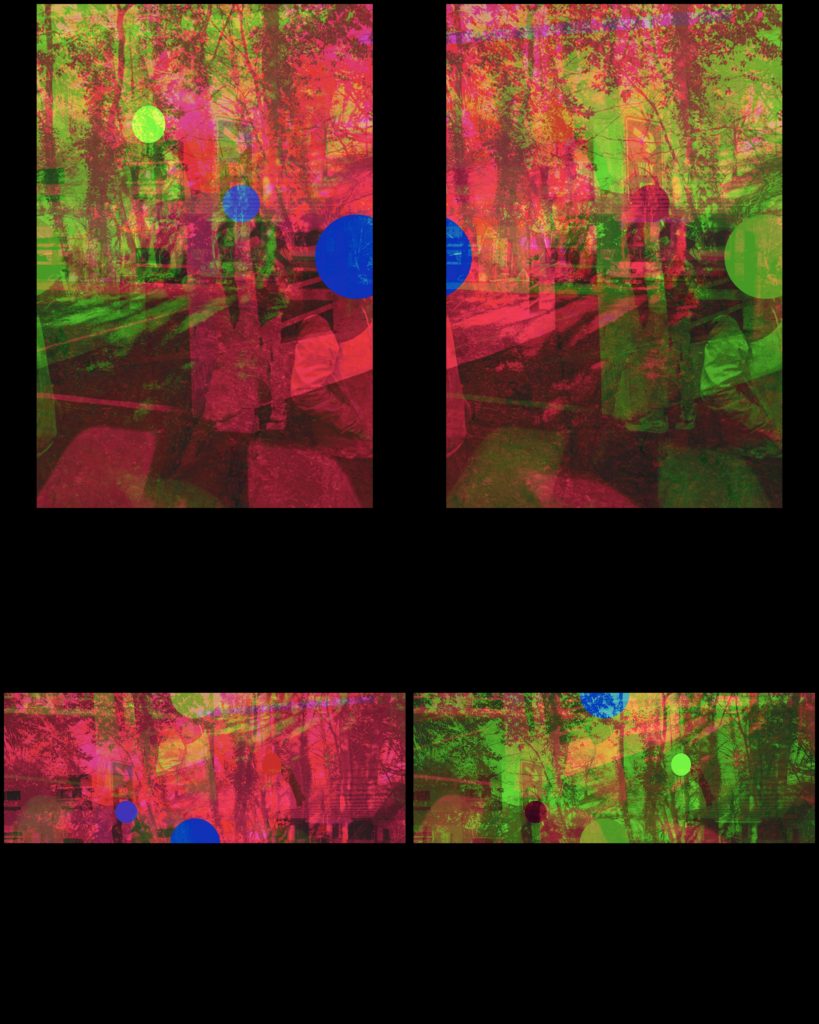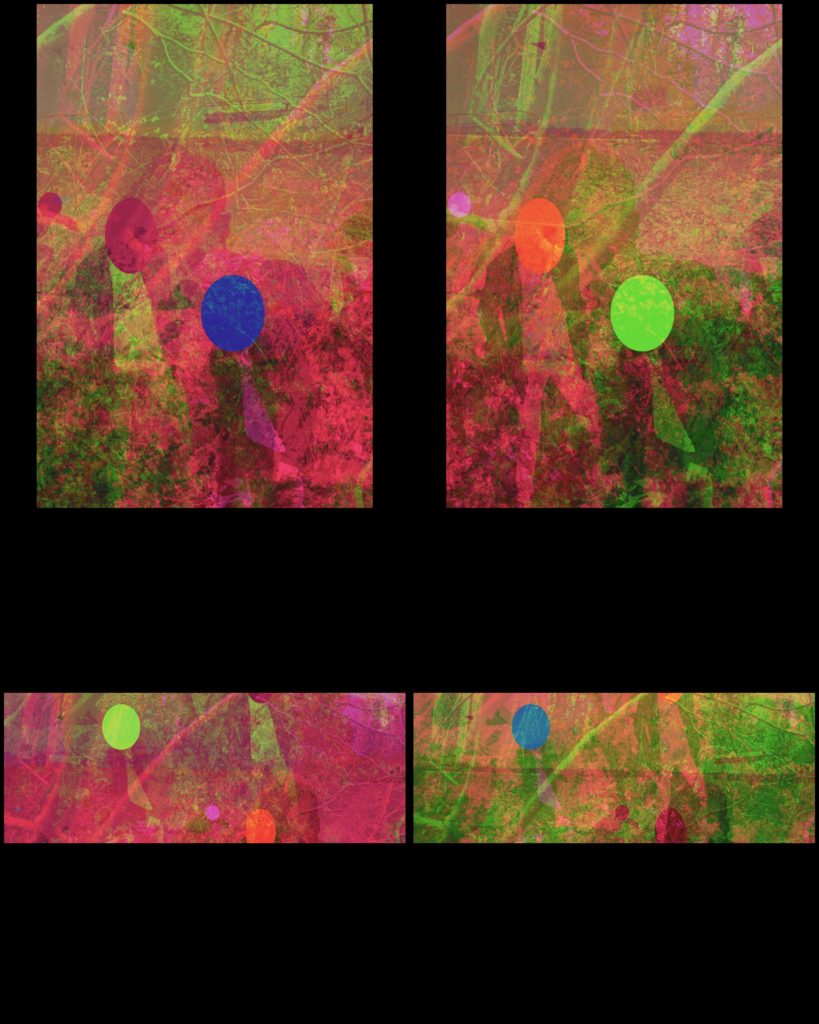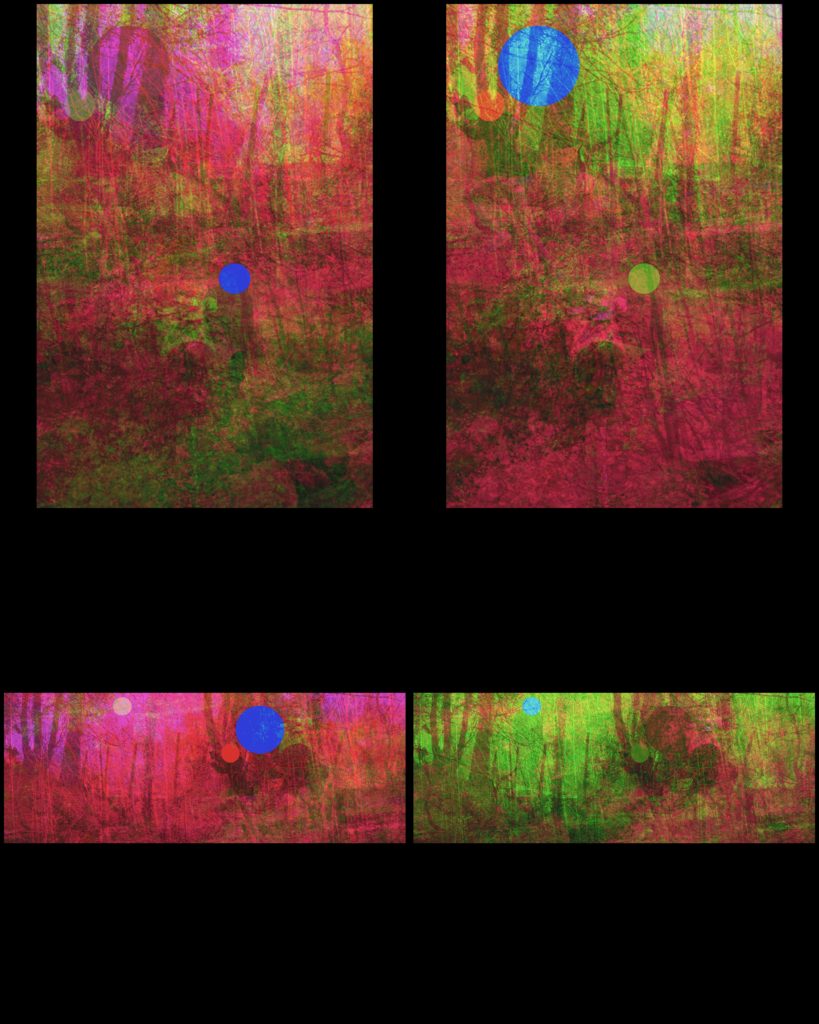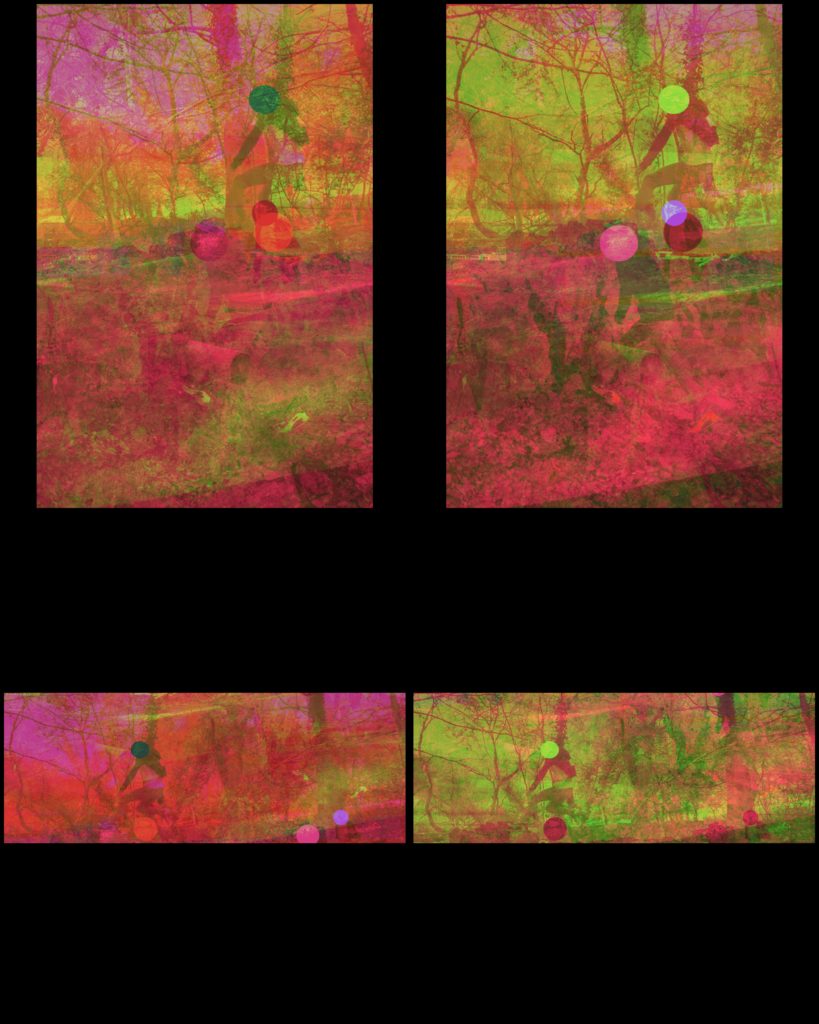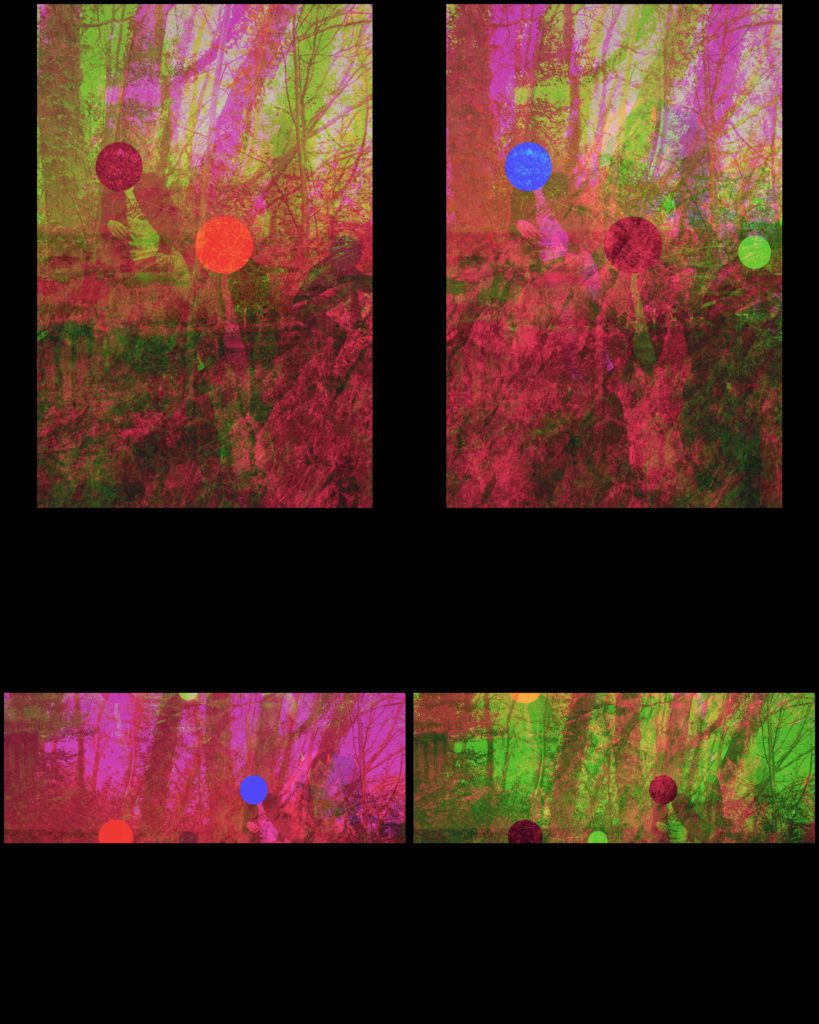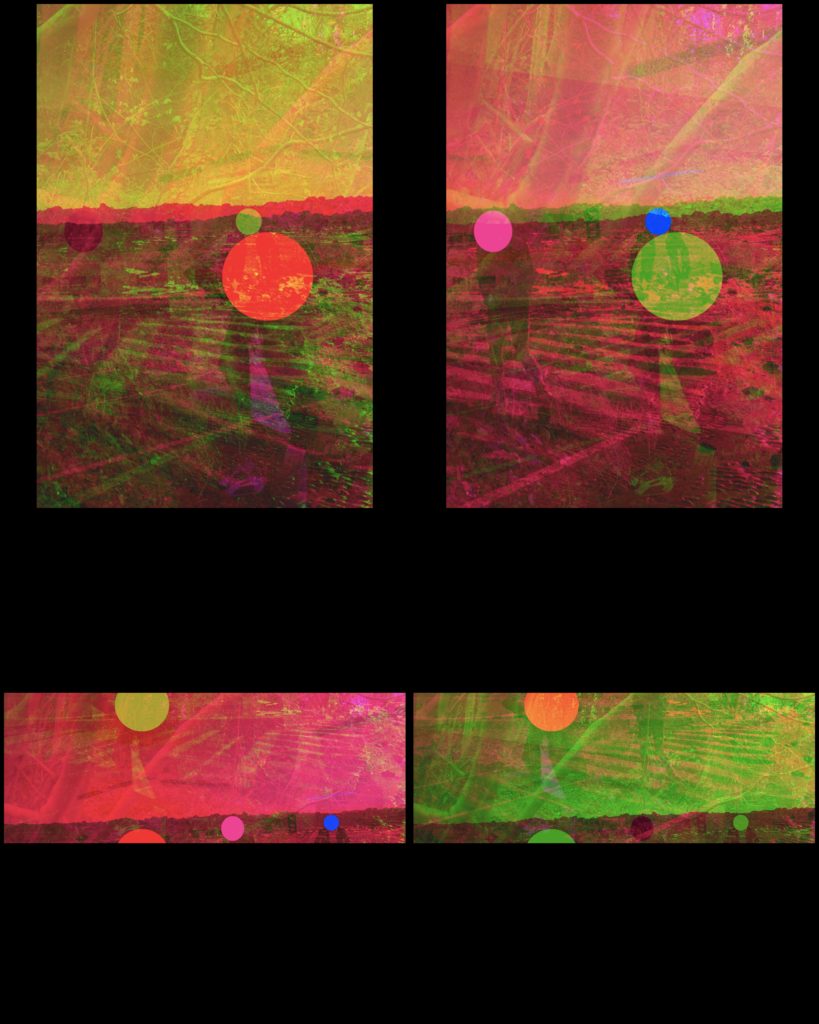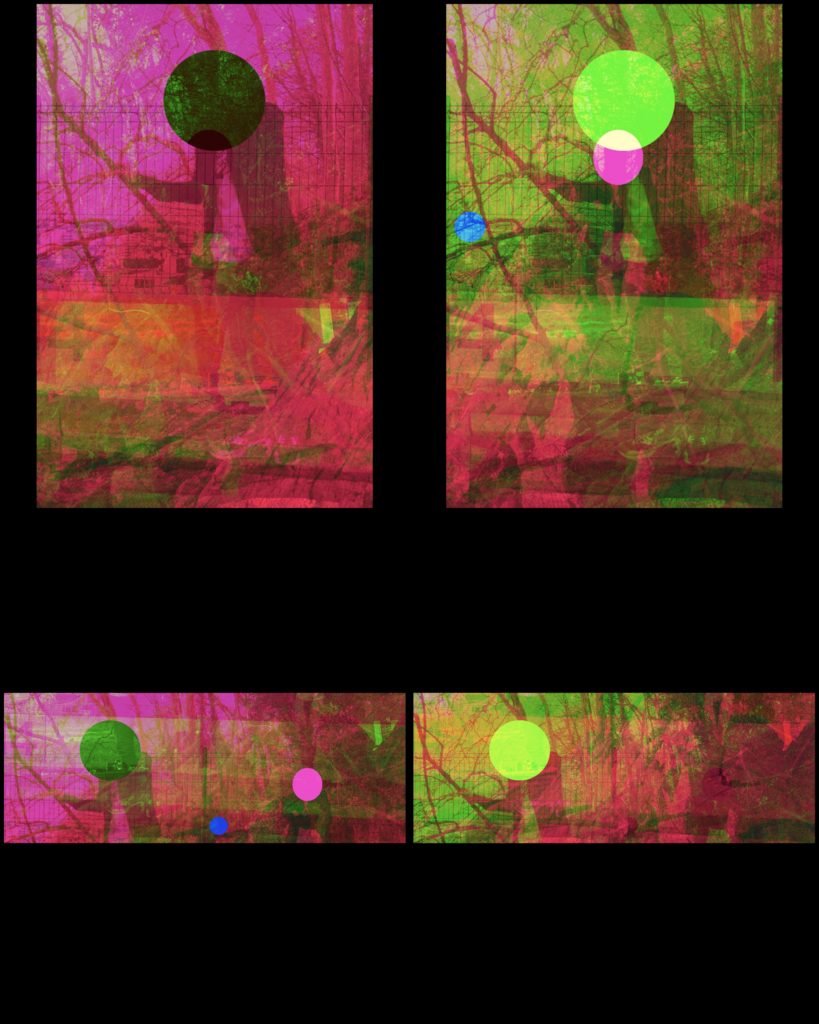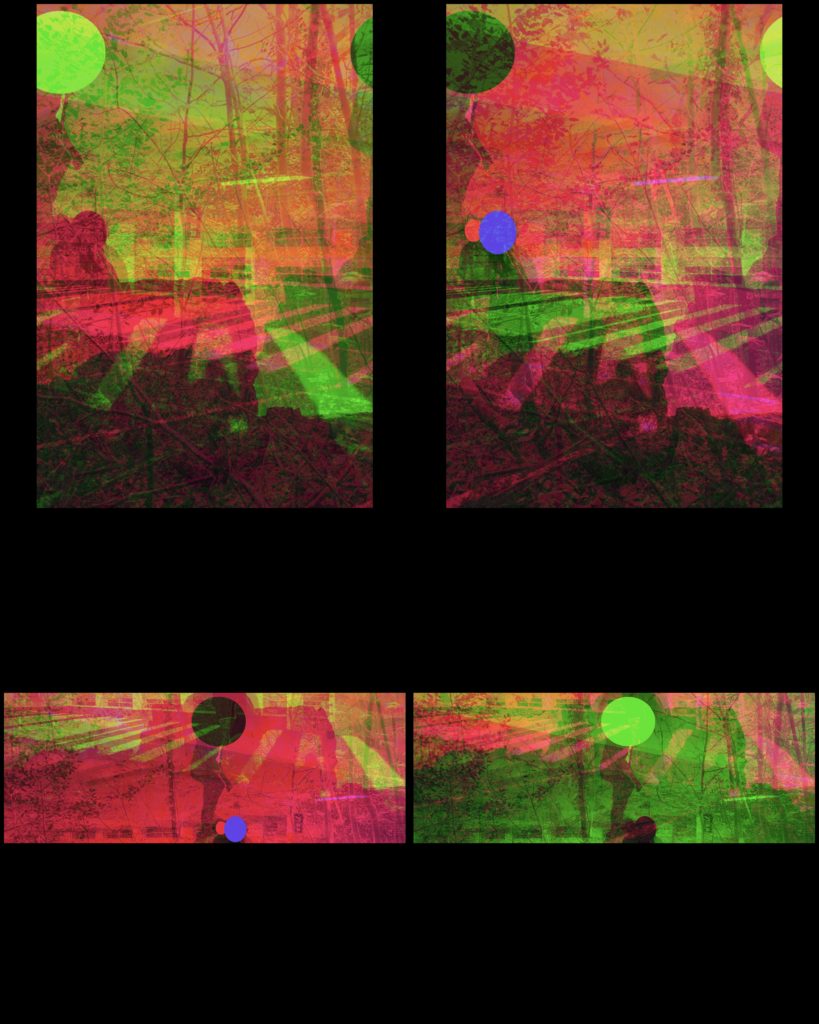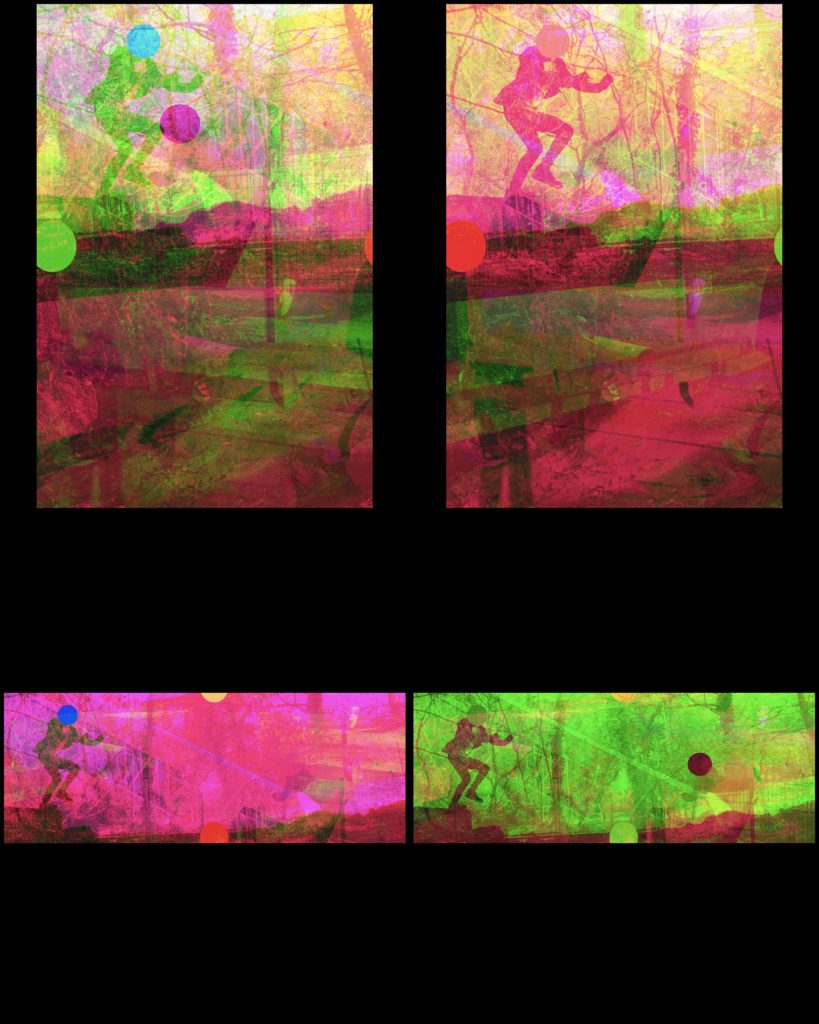Craig Easton is a Scottish photographer who, through his works, explores identity and the sense of place.
Within the documentary tradition his work often combines expansive landscapes with intimate portraits. He often contextualizes his photographs by offering the protagonists of his portraits the possibility of expressing their own voice through handwriting that he incorporates into the final images.
He received the Cutty Sark Award for World Travel Photographer of the Year 2012/13, and most recently the Landscape award at Travel Photographer Award of the Year 2016/17.

The project ‘Sixteen’ is a collaboration project with 16 photographers from around the UK, with the leader as Craig Easton. The main object of the project is to give a voice to the younger generation, to let them speak about their dreams, fears, ambitions and hopes for the future. With the project the photographers hope to photograph a range of different upbringings, social backgrounds, ethnicity, gender and locations.
The idea of the project came in 2014 when Scotland was holding a Referendum for Independence from the UK, this was the first and only time ever that sixteen were given the right to vote in a government vote in the history of the UK. Craig went and photographed young people who’s birthday was on the day of the referendum ( September 18th, 2014) .
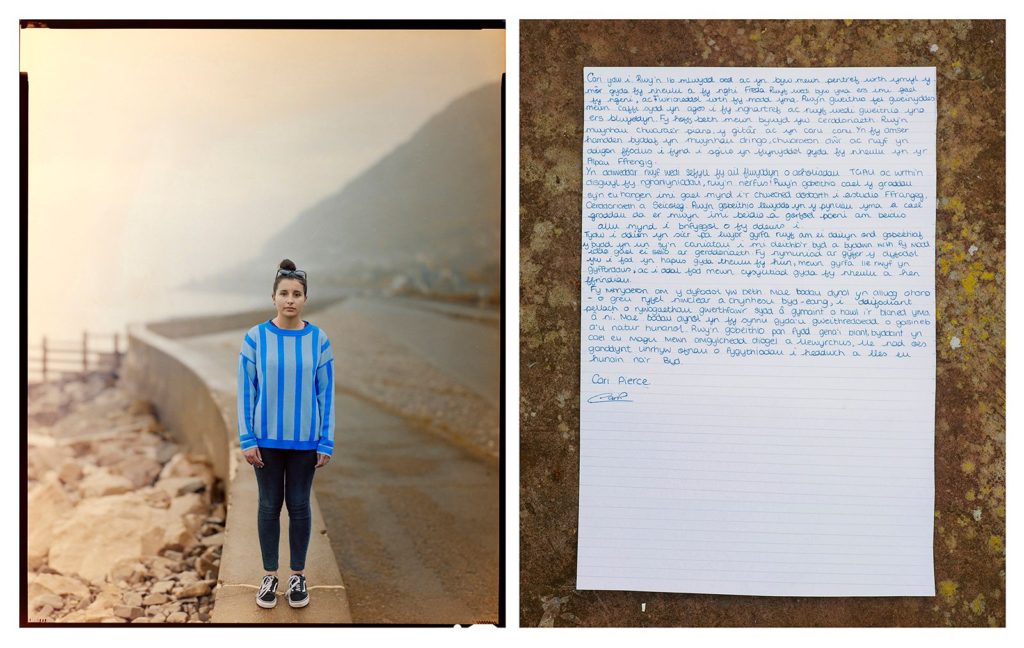
As the project developed he went and photographed sixteen years around the areas of Liverpool and North Wales from a cross-section of society. The images range from the Traveler community to recent refugees from Iran and Syria, he asked the participants to write their own testimony on the fears that they where facing to give them the change to speak openly without a filter. Craigs approach of presenting the handwritten texts alongside the photographs was adapted by the entire group of 15 photographers working on “Sixteen.” But many of them are exploring other methods audio, video of giving these young people a voice in addition to the texts.


